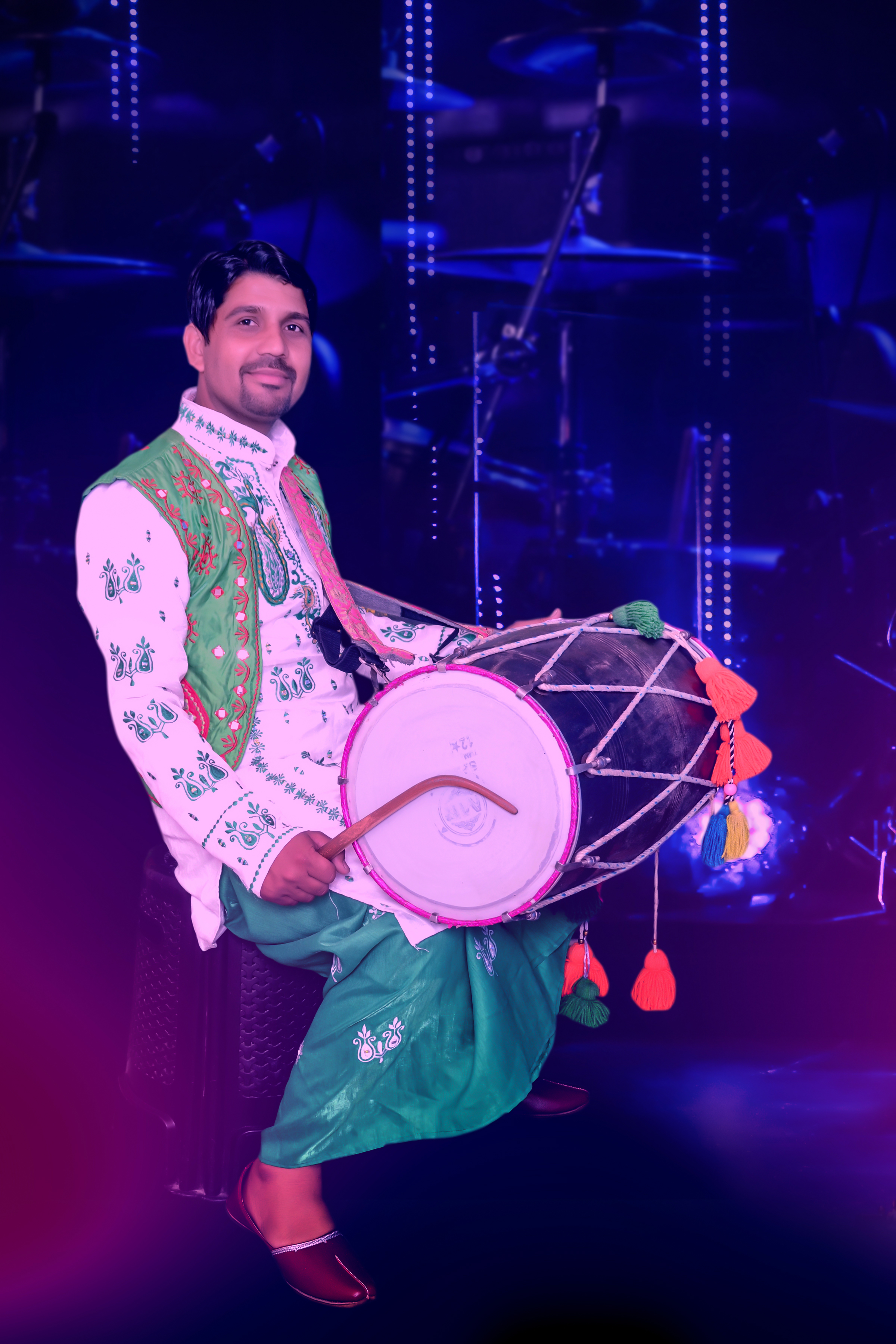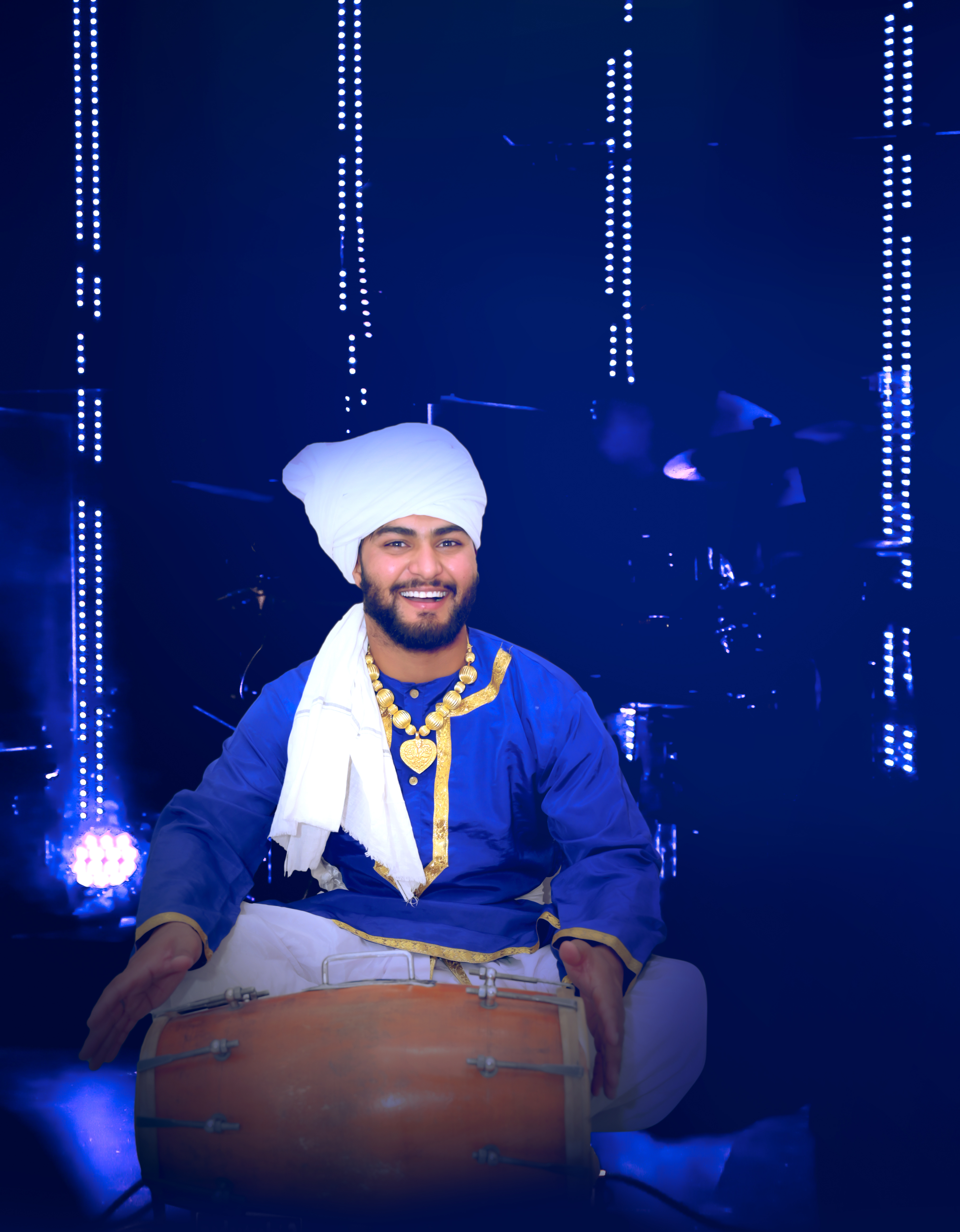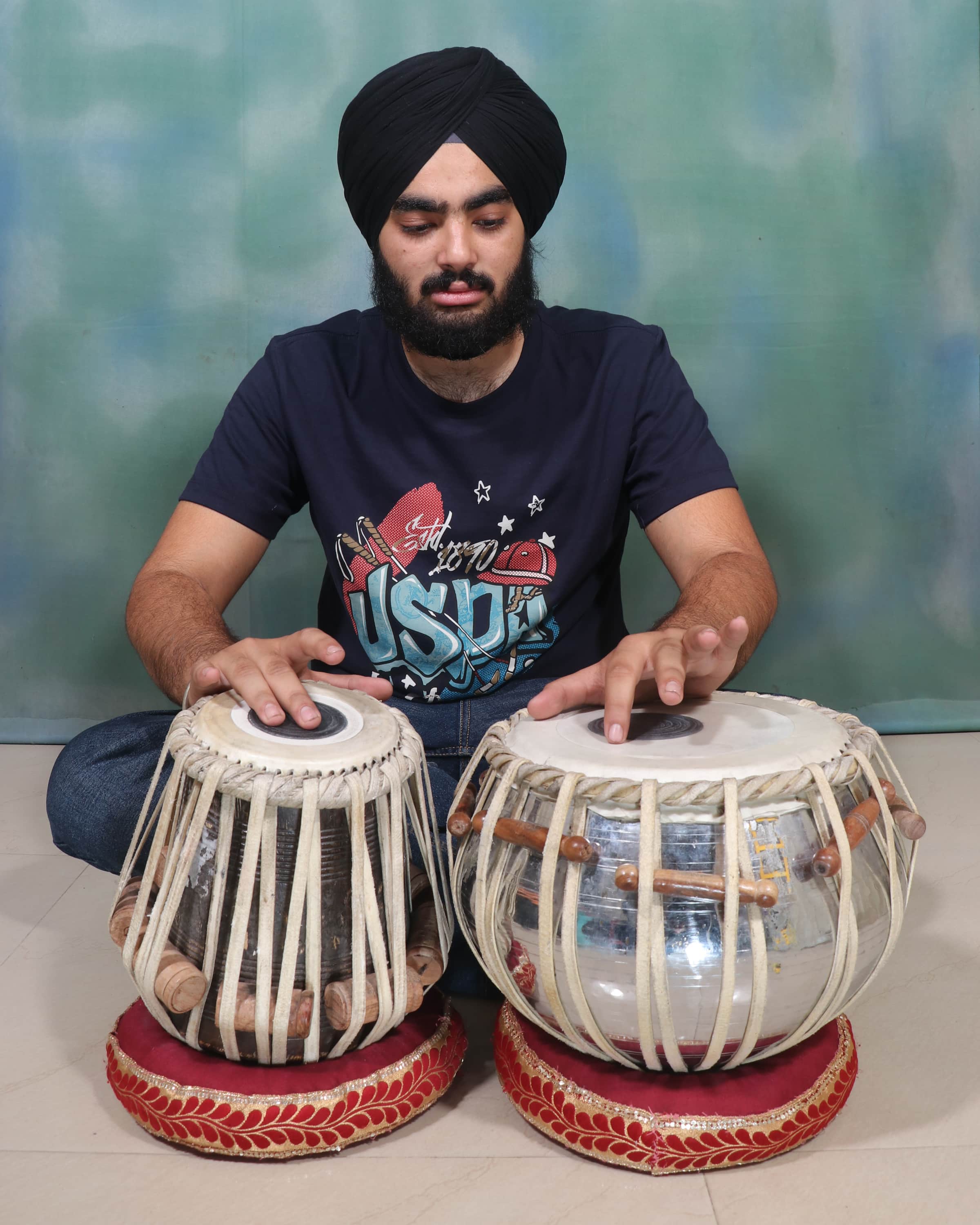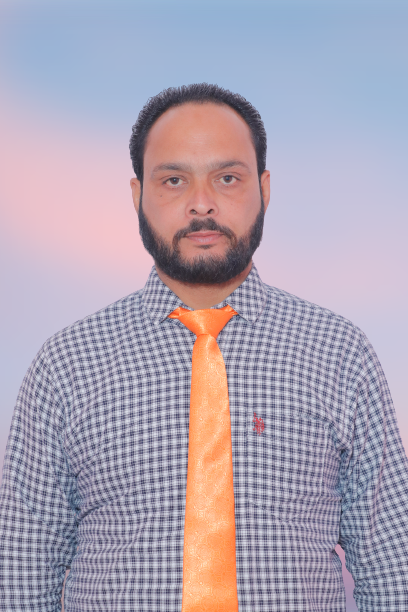In July 1935, Dalai Lama Lhamo Thondup was born in Taktser, Amdo, Tibet. 14th Dalai Lama, also known as Jamphel Ngawang Lobsang Yeshe Tenzin Gyatso, Bstan-‘dzin-rgya-mtsho, or Tenzin Gyatso, original name Lhamo Thondup, Thondup also spelled Dhondup, the title of the Tibetan Buddhist monk who was the 14th Dalai Lama but the first to become a global figure, Despite his celebrity, he downplayed the pomp and circumstance surrounding his position, portraying himself as an “ordinary Buddhist monk.
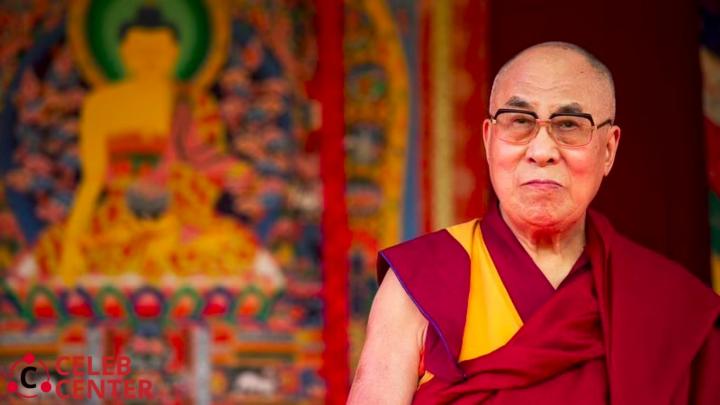
Early Life of Dalai Lama
He is a revered monk of Tibetan Buddhism’s Gelug school. He was chosen as the 13th Dalai Lama’s tulku in 1937, and he was legally acknowledged as the 14th Dalai Lama in 1939. At the age of 15, the Dalai Lama acquired full political responsibilities. During the 1959 Tibetan rebellion, he escaped to India and is currently a refugee there.
The Dalai Lama has spoken on a variety of topics across the world, including the environment, women’s rights, economics, nonviolence, and more. In 1989, the Dalai Lama was awarded the Nobel Peace Prize and designated one of Time magazine’s “Children of Mahatma Gandhi.”
He began his study when he was six years old and finished his Geshe Lharampa Degree (Doctorate of Buddhist Philosophy) when he was 25 years old. He took the preparatory examinations at each of the three monastic universities, Drepung, Sera, and Ganden, when he was 24 years old. The final test took place at Lhasa’s Jokhang during the annual Monlam Festival of Prayer, which takes place in the first month of each year.
He was tested on logic by 30 scholars in the morning. In the day, he disputed the Middle Path with 15 academics, and in the evening, 35 scholars put his knowledge of the canon of monastic discipline and philosophy to the test. His Holiness acquitted himself admirably in the examinations, which were held in front of a large crowd of monk scholars.
Responsibilities of a Leader Dalai Lama
When Tibet was threatened by China’s strength in 1950, His Holiness was called upon to take full political responsibility as Head of State and Government at the age of 16. He traveled to Peking in 1954 to meet with Mao Tse-Tung and other Chinese leaders such as Chou En-Lai and Deng Xiaoping. While in India for the 2500th Buddha Jayanti in 1956, he met with Prime Minister Nehru and Premier Chou to discuss the worsening situation in Tibet.
After the Chinese military annexation of Tibet in 1959, he was driven into exile in India. He has lived in Dharamsala, sometimes known as “Little Lhasa,” since 1960, where the Tibetan Government-in-Exile is based.
His Holiness made three appeals to the United Nations on the Tibet issue during his early years in exile, culminating in three resolutions voted by the General Assembly in 1959, 1961, and 1965.
His Holiness issued a draft constitution for Tibet in 1963, guaranteeing a democratic form of administration. His Holiness has established educational, cultural, and religious institutions that have made significant contributions to the preservation of Tibetan identity and legacy throughout the previous two decades. He has provided several teachings and initiations, including the uncommon Kalachakra Initiation, which he has performed more than any of his forefathers.
The Dalai Lama visited India in 1956 to commemorate the 2,500th anniversary of the Buddha’s enlightenment. He returned to Tibet, despite the warning of some of his entourage, where the situation continued to deteriorate. In eastern Tibet, guerrillas fought Chinese soldiers, and a large number of refugees fled to the city. Despite the turbulence, the Dalai Lama sat for his geshe (“spiritual friend”) test in February 1959, the highest academic achievement in the Dge-lugs-pa sect.


